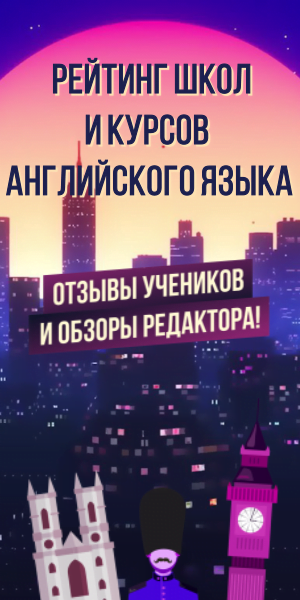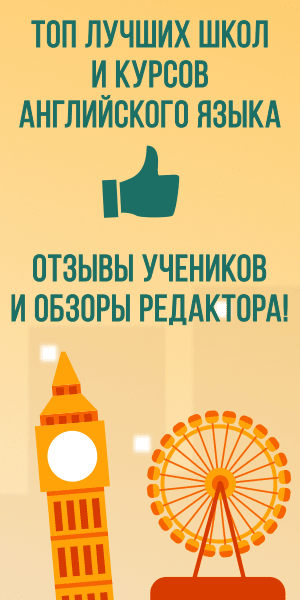The Grand theater! On its pediment — flying horses, controlled by Apollo. This is a symbol of the triumph of beauty, a symbol of the eternal movement of art and life. The Bolshoi theater next year will celebrate its 225th anniversary, it will be the jubilee season, perhaps it will be the last one held in the current building, and after…
After Laurence, the company will have to huddle in the branch, built next to Teatralnaya. And how much it will continue — God knows, because in our country you all know perfectly well how to Finance art (by the way, part of the money for the construction of the branch was allocated not by the state, but by UNESCO).
The formation of the Bolshoi theater and the activities of the collective in its first thirty years were associated with democratic trends of society. Theater one of the first introduced realistic actors play (then still serfs!), is undoubtedly ticlopidine spirit of nationalism, national identity.
With 1806 theaters of Moscow and St. Petersburg stalinisation. This meant that the repertoire is built depending on the views and tastes of the court. As you know, on the site of the Bolshoi was first Petrovsky Theater, which burned down in 1805. On the theater square until 1824 protruded burnt walls. A sad sight…
When the city began to rebuild after the fire of 1812, a new Bolshoi Theater, the building of which we still know as the building of the Bolshoi.
The period of 30 years can be called the first summit, judge for yourself is Natalie performances, which were first shown to the public. This “Ivan Susanin” and “Ruslan and Ludmila” of Glinka’s “the mermaid “Dargomyzhsky, is a “maiden” and “the Night peretoetuste” by Rimsky-Korsakov. Tchaikovsky’s operas did not even take the number — there were more than 10 of them. Only one “Onegin” was shown more than 2000 times in the theater for all time.
Prosperity lasted until the 90-is, and after — fees began to fall sharply, the troupe was reduced, for a long time there was no permanent head of the ballet… Felt — need big changes. And they came with the change of the century.
So, by 1900, the Bolshoi theater is going through some of the best times in its history — fees are falling, the troupe is decreasing. At the beginning of the new century revolutionary ideas appear in the historical arena, a new concept is formed: the proletariat. In the Bolshoi theater come F. Chaliapin and A. Nezhdanova, L. Sobinov. Translated and staged for the first time in Russian “Lohengrin “and “Siegfried” by the great symphonist Wagner, “Othello “Verdi and “Carmen” Bizet.
The October revolution can be perceived as anything, now is not the time to discuss political and other aspects of this historical event. I want to note that after her Big slipcovers new life — the actors got a raise, they got bigger, the theater became the official center of musical life in the Soviet Union, total hours helped him to develop even in this difficult time.
In 1920, the theater (along with Small and Mariinsky) receives an honorary academic title, the Tsar’s hobby turned into instant the name of Beethoven (there is now a regularly konzertierte chamber orchestra and vocalists).
During all the time of the Soviet regime up to 80 years, the theater could not afford to deny anything. Put grandiose staging, the Prime was not enough, but they are very carefully prepared. “Spartacus “Khachaturian, “Romeo and Juliet” by Prokofiev, “Annie “Gavrilin, the new productions of classic plays — that’s gold Fund athletes. Under the roof of this institution gathered truly the best artists of the USSR. Etoseychas is not clear who is stronger — Bolshoi or Mariinsky (Sankt Petersburg), and before the Bolshoi theater (official abbreviation) Belarus Belarusian it was some sort of “trendsetter” in all territorial not.








